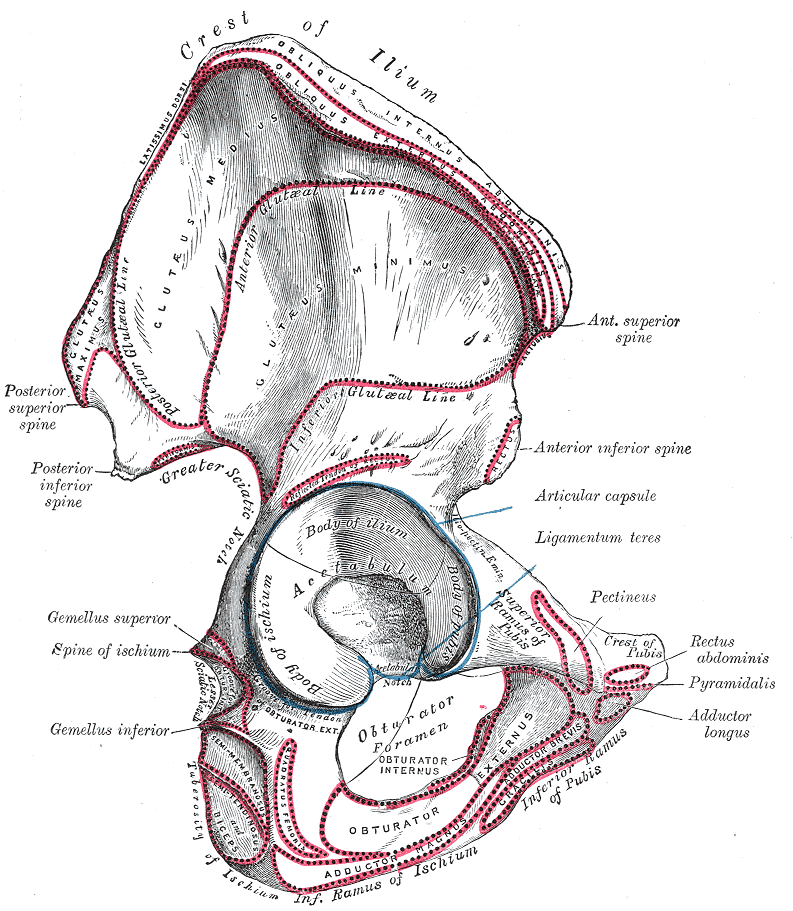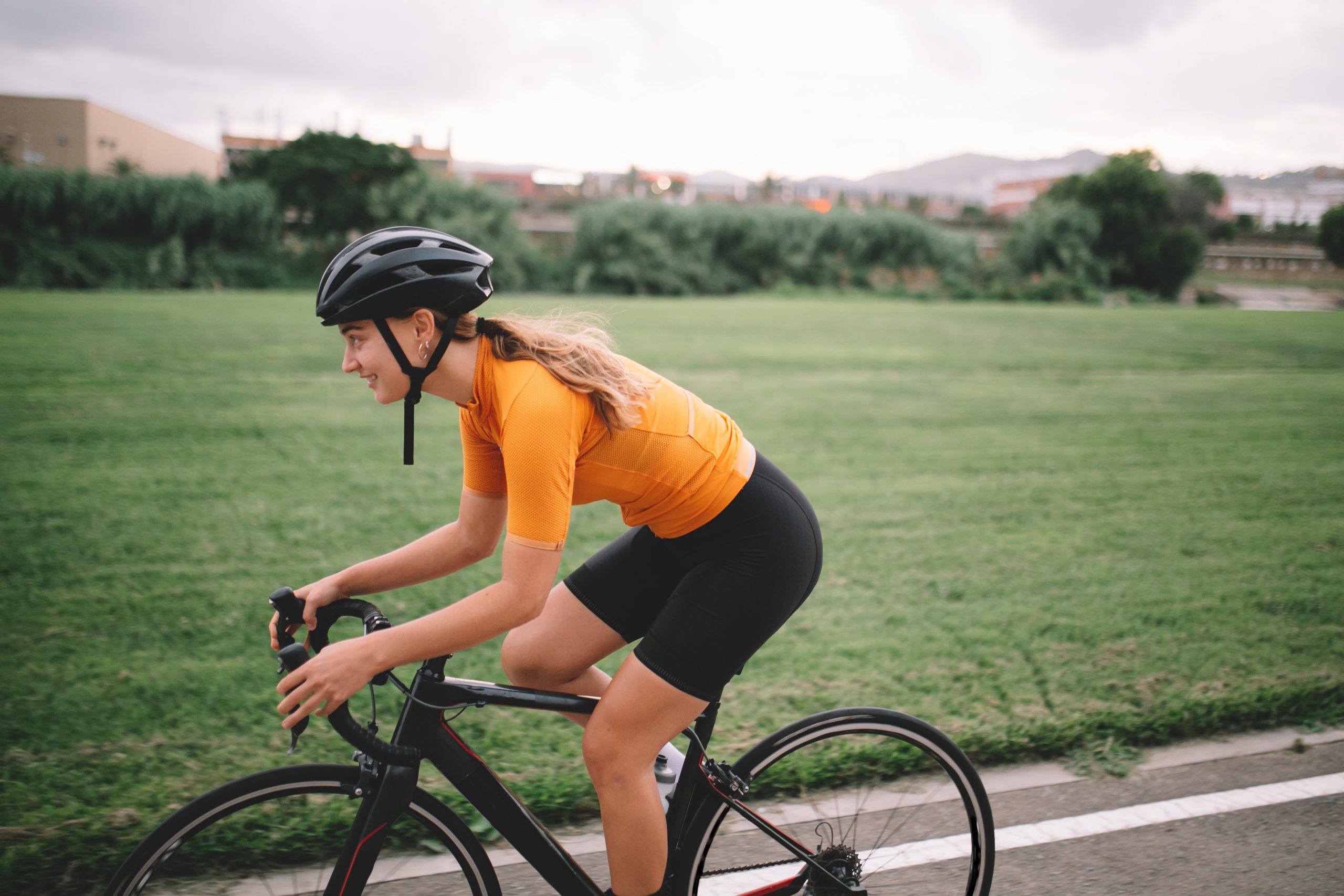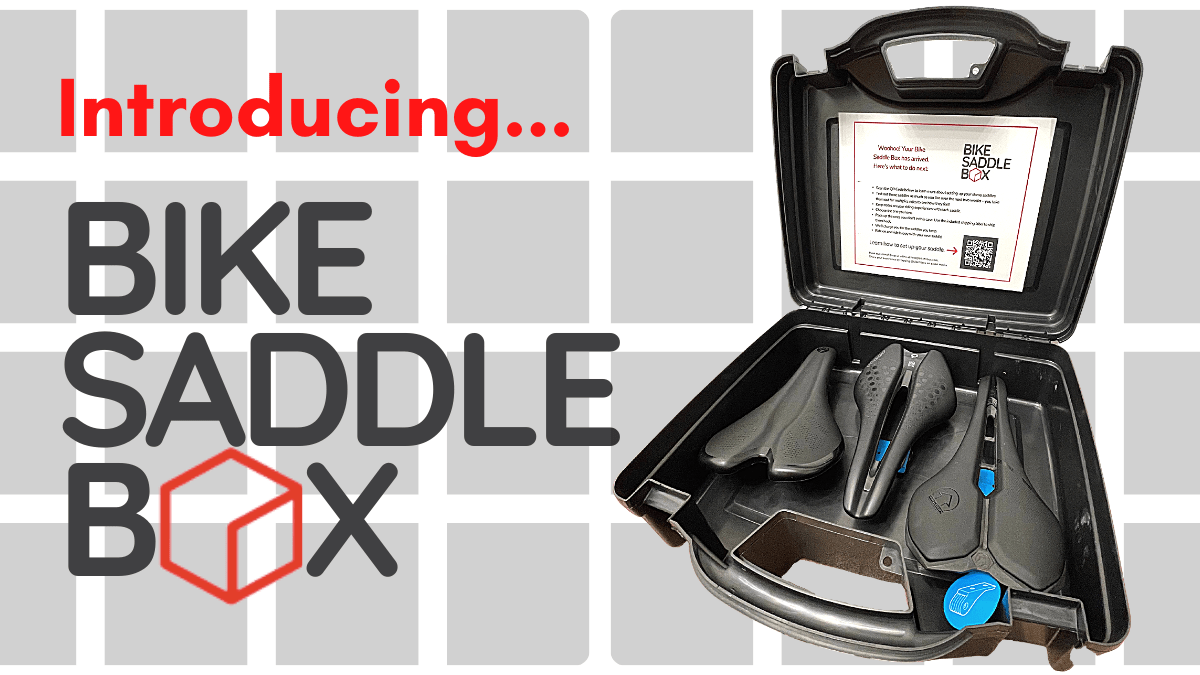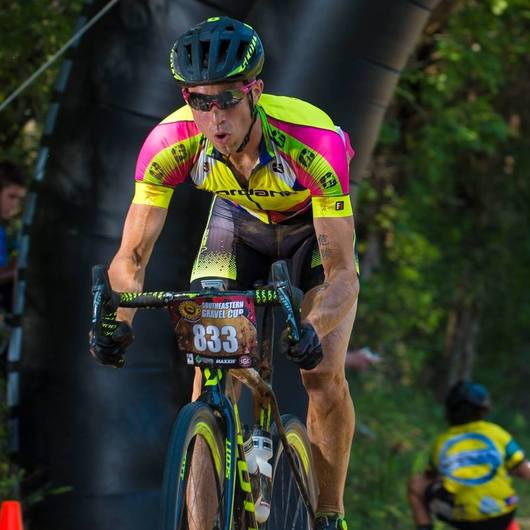“Don’t believe everything you read on the Internet.” – Abraham Lincoln
If you didn’t just chuckle out loud, read that first line again. It’s so easy to trust the quotes, articles, and images that are served up to us online, including those about sport! As we scroll through our social media apps and click through our emails, you might see something and think, “Is that for real?”
You’re not alone! Coach Brady spotted this social media ad last week and it made him say, “Huh?”
He sat down to fact check this social media ad. Here’s his feedback:
“In the image and the description, the company states that pressure is put on the ‘pubis bone’ due to the necessary rotation of the pelvis for an aero/triathlon position.
It is true that we do have to rotate our pelvis forward in the aero position. It is also true that certain saddles and a bike fit that includes that saddle can help you avoid discomfort.
What’s misleading here is the idea that your rotation would be extreme enough that your weight and pressure is supported by the pubic symphysis (pubic bone.) That would result in a contact point in front of your genitals. This would not only be uncomfortable but very awkward from a positional standpoint. Ouch!
The change that actually occurs when we move to this position is from our ischial tuberosity on to the inferior rami of the ischium.”

Drawing By Henry Vandyke Carter – Henry Gray (1918) Anatomy of the Human Body (See “Book” section below)Bartleby.com: Gray’s Anatomy, Plate 235, Public Domain, https://commons.wikimedia.org/…
If you ever have a question about training advice, technical specs, or the athlete’s body you see online, your Science of Speed coaches are here to confirm or debunk! Science is the first word in our brand name and we take that very seriously. It’s why our team is comprised of people with the highest level of education, experience, and expertise. We looking forward to hearing from you soon!













